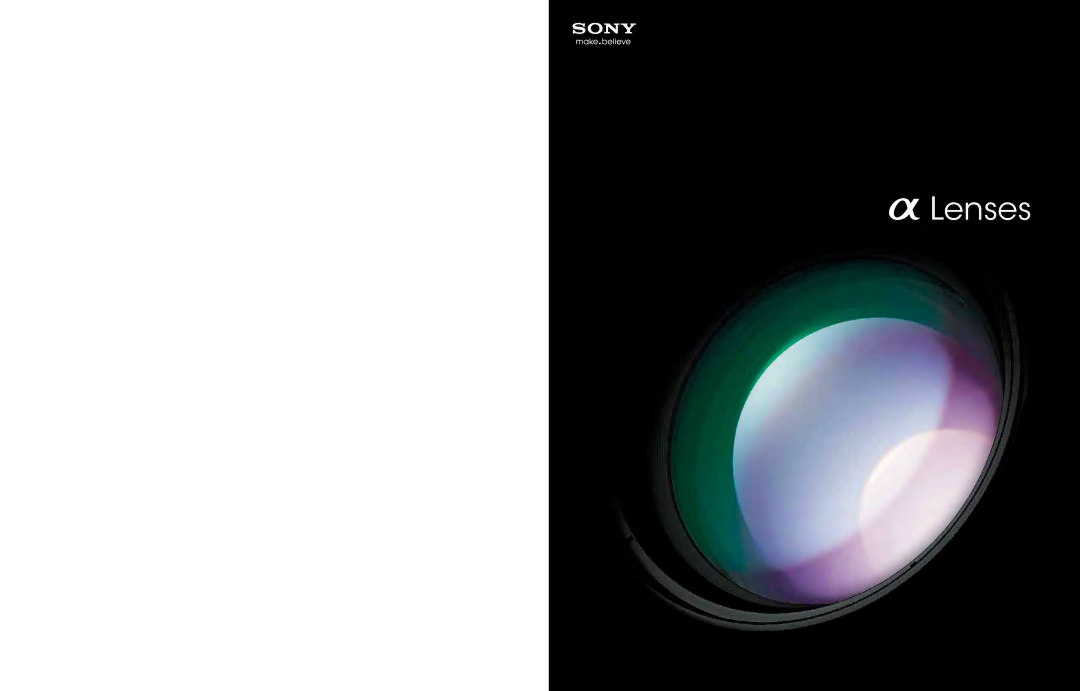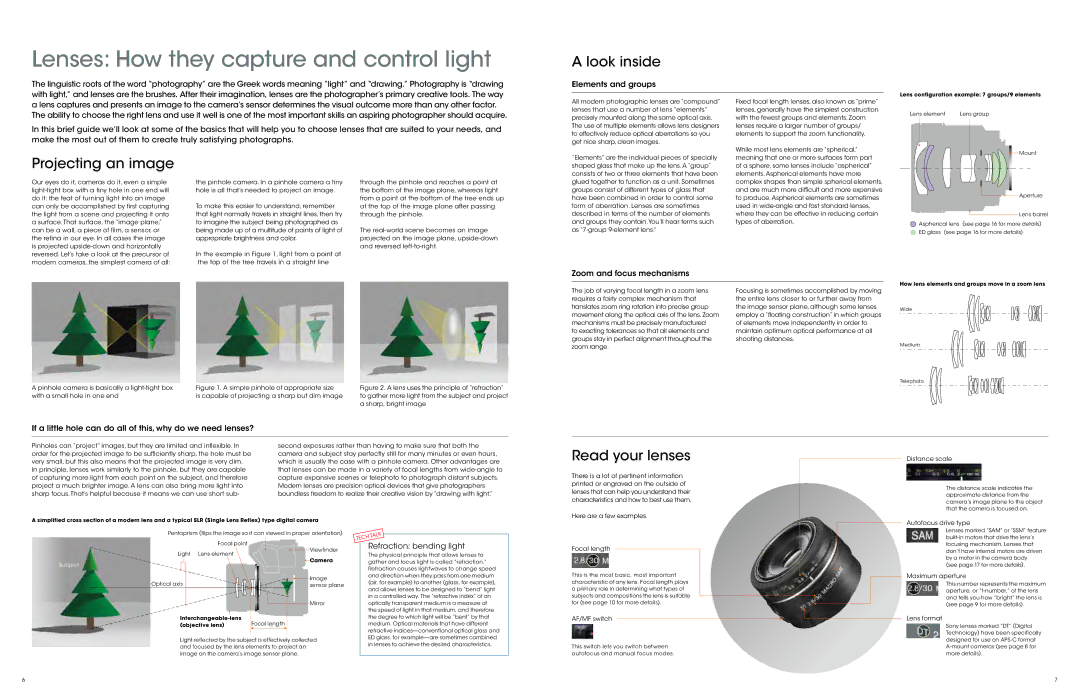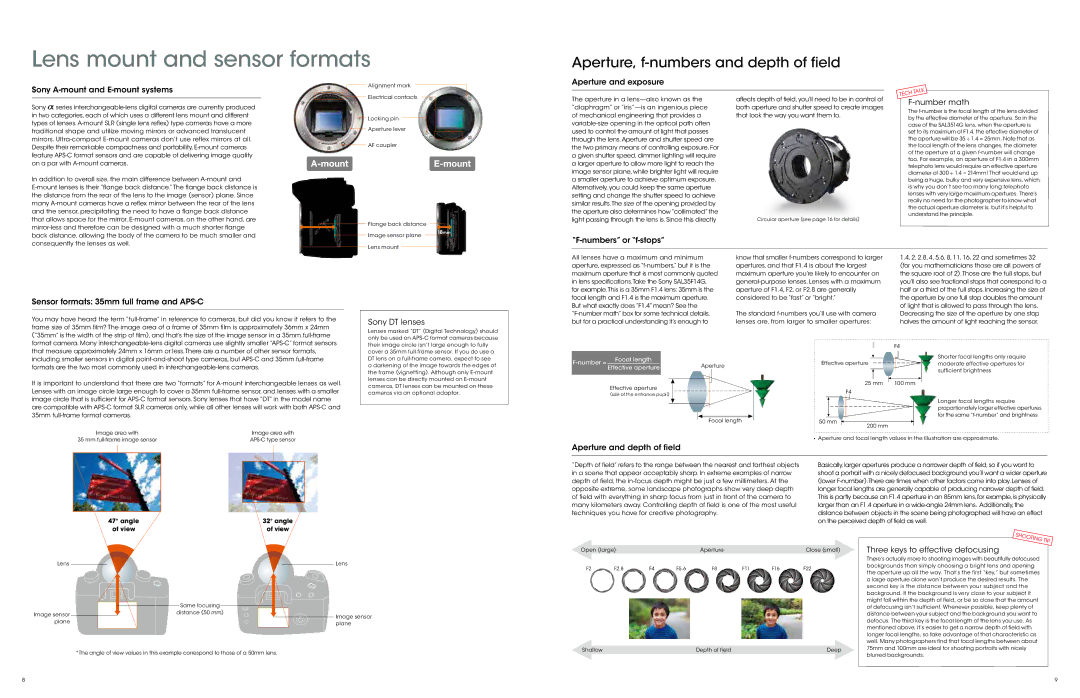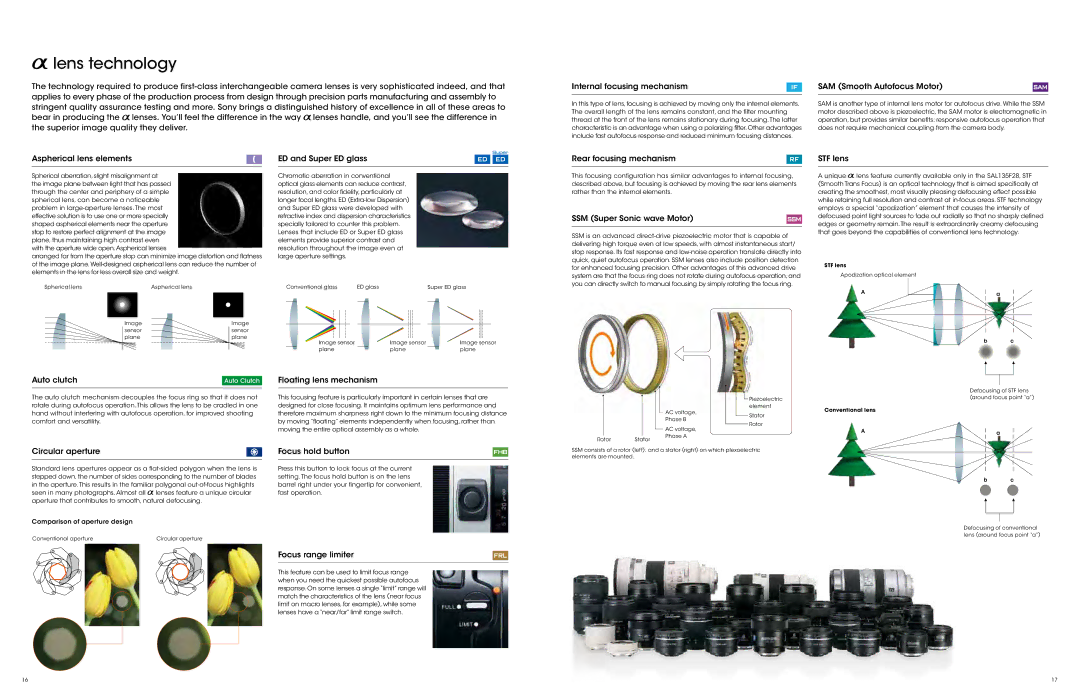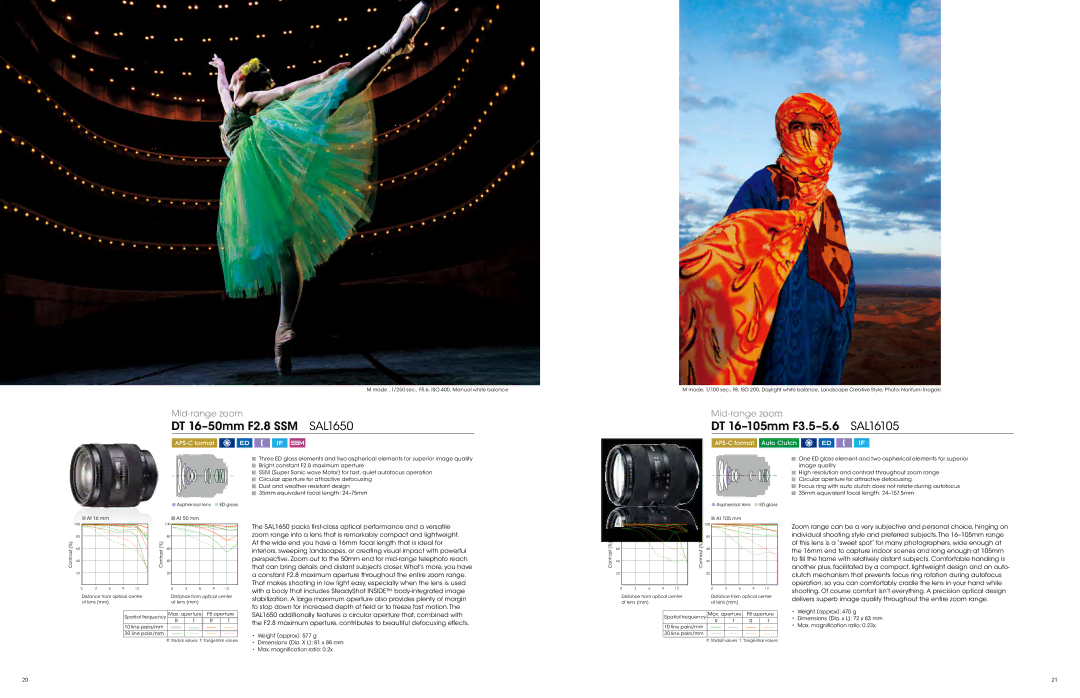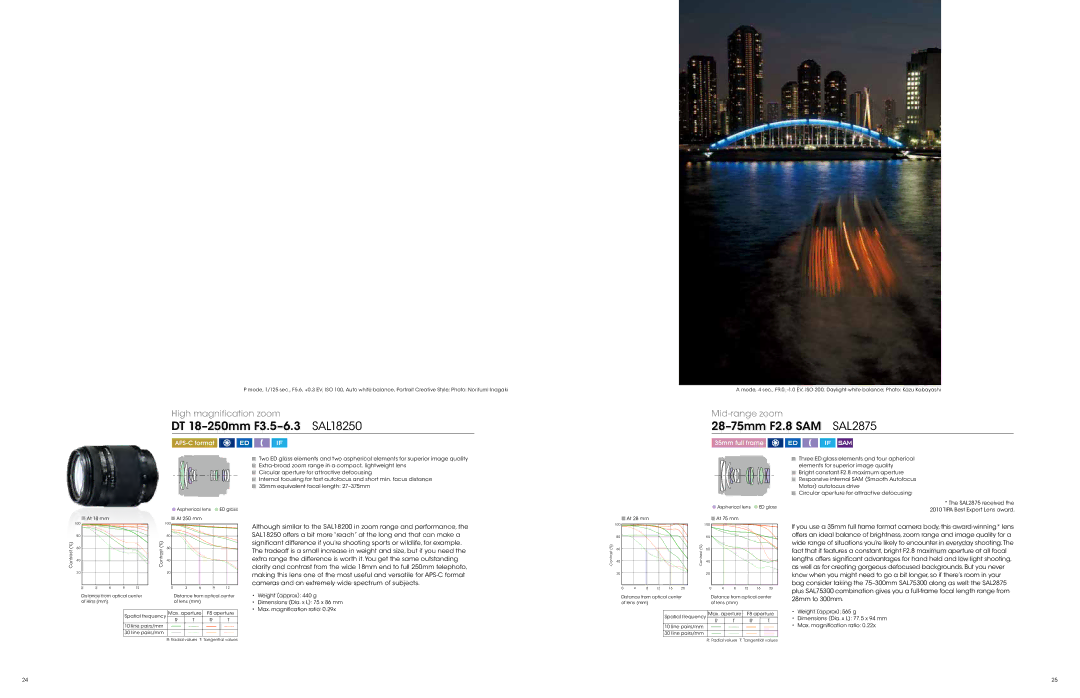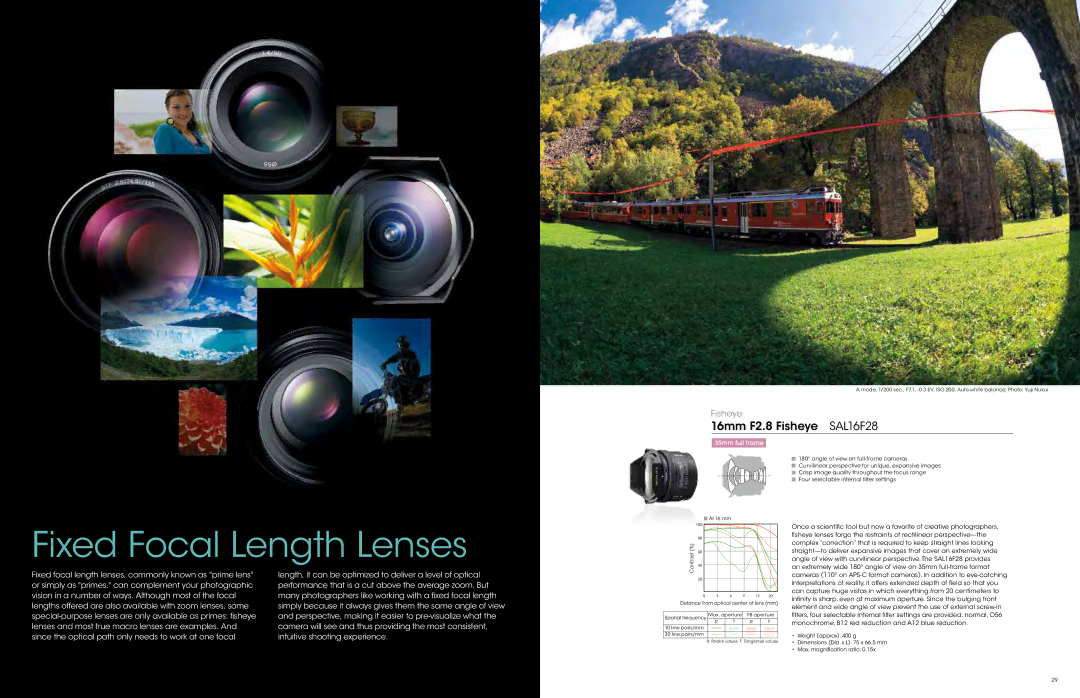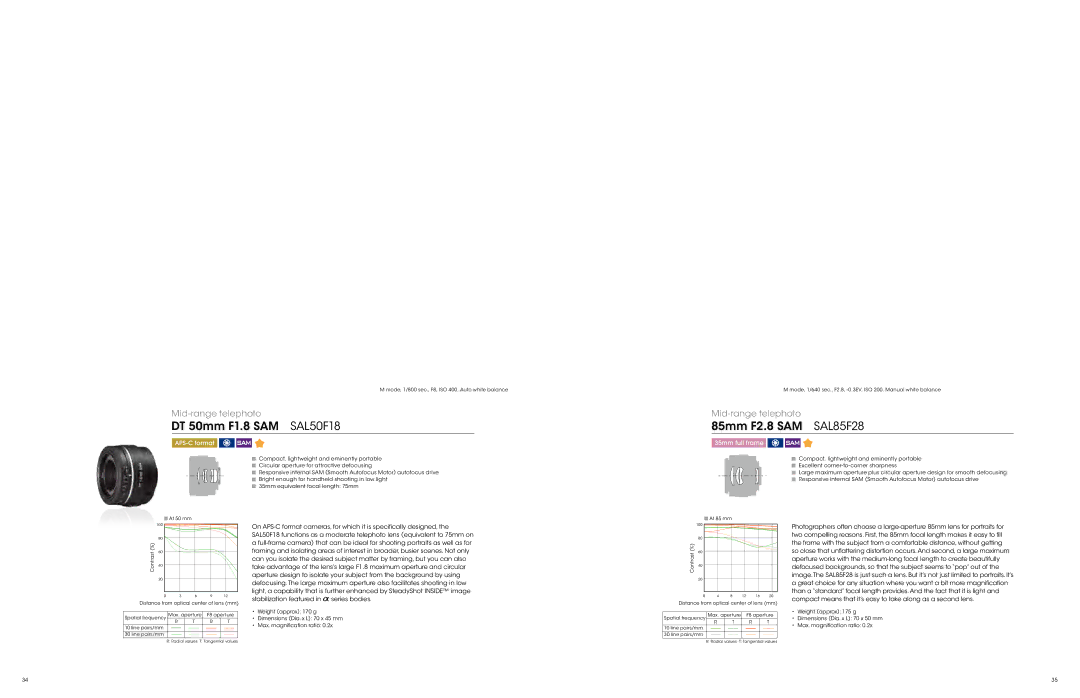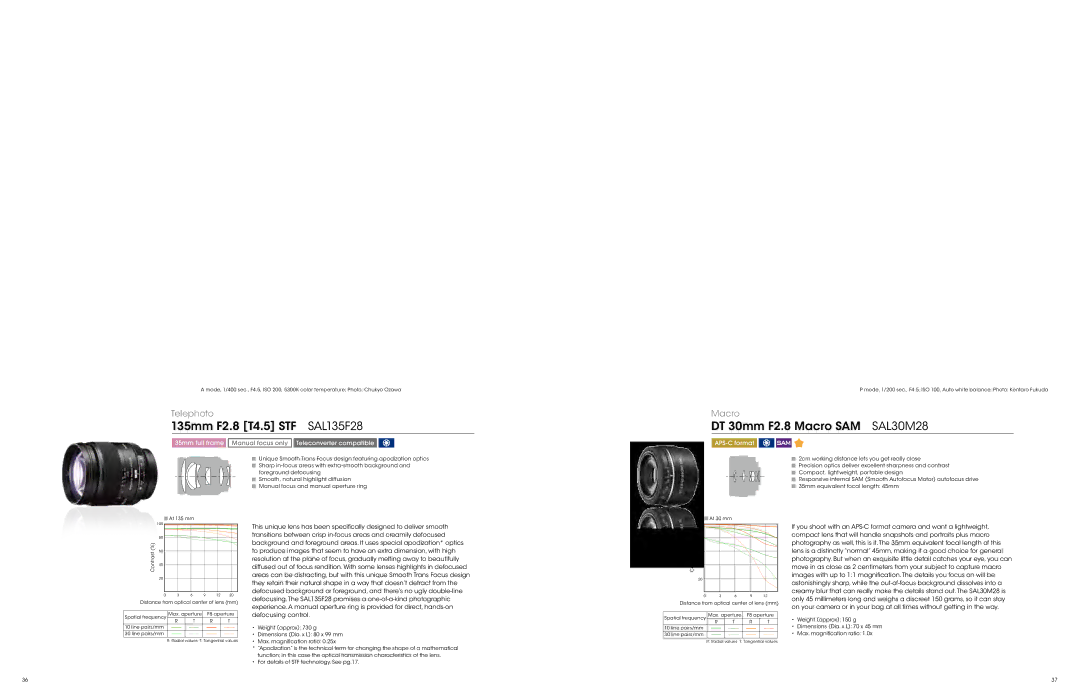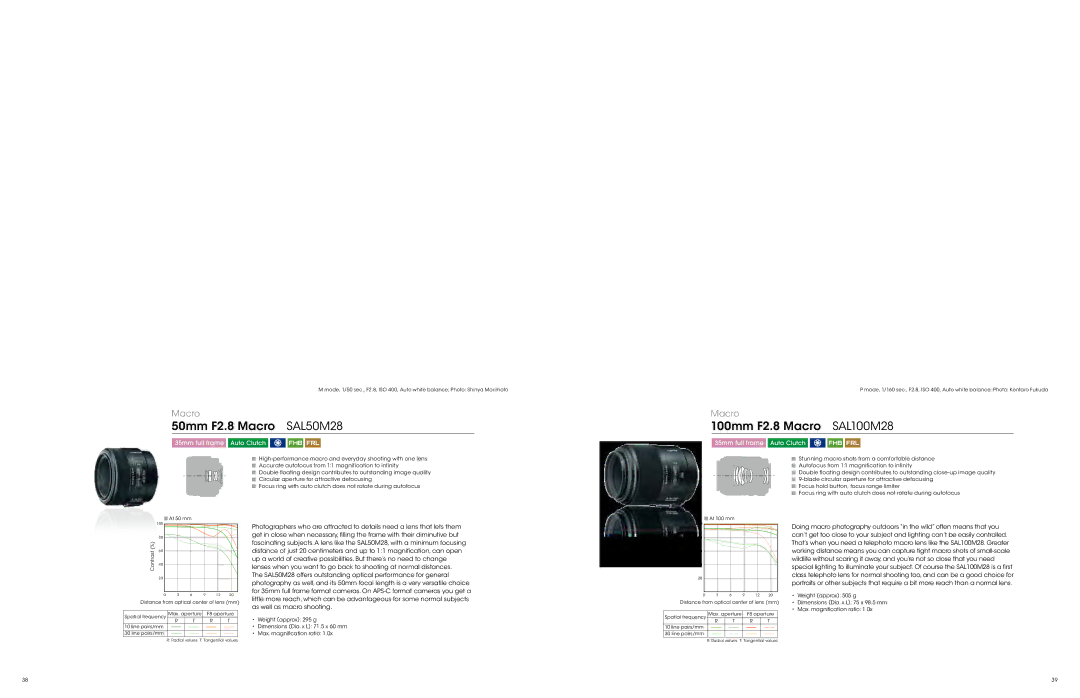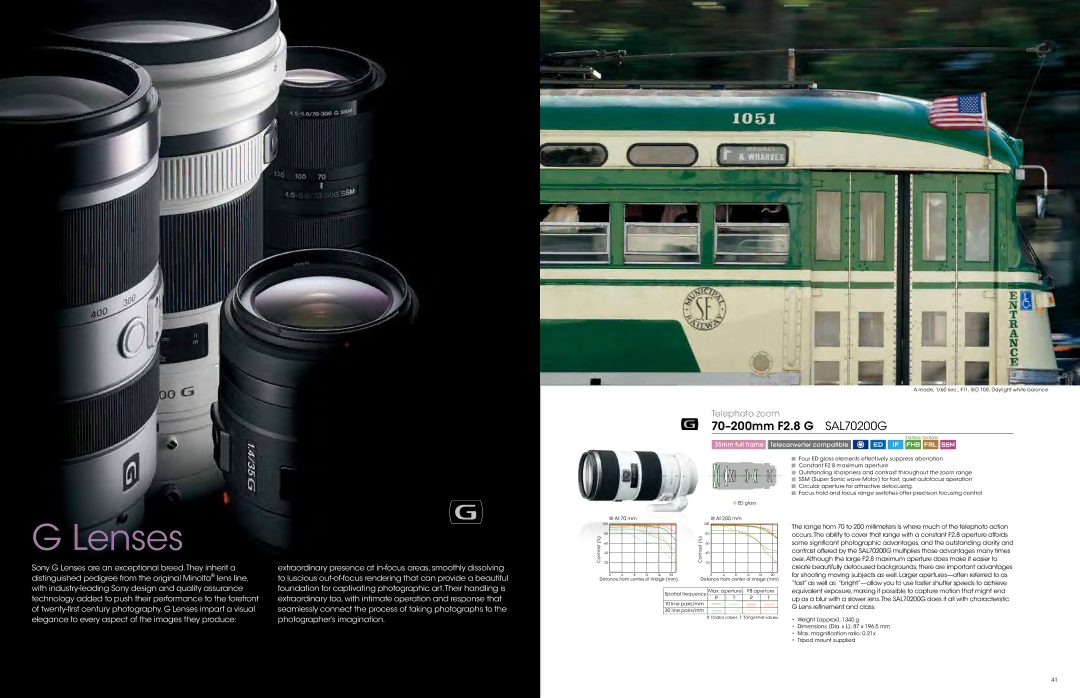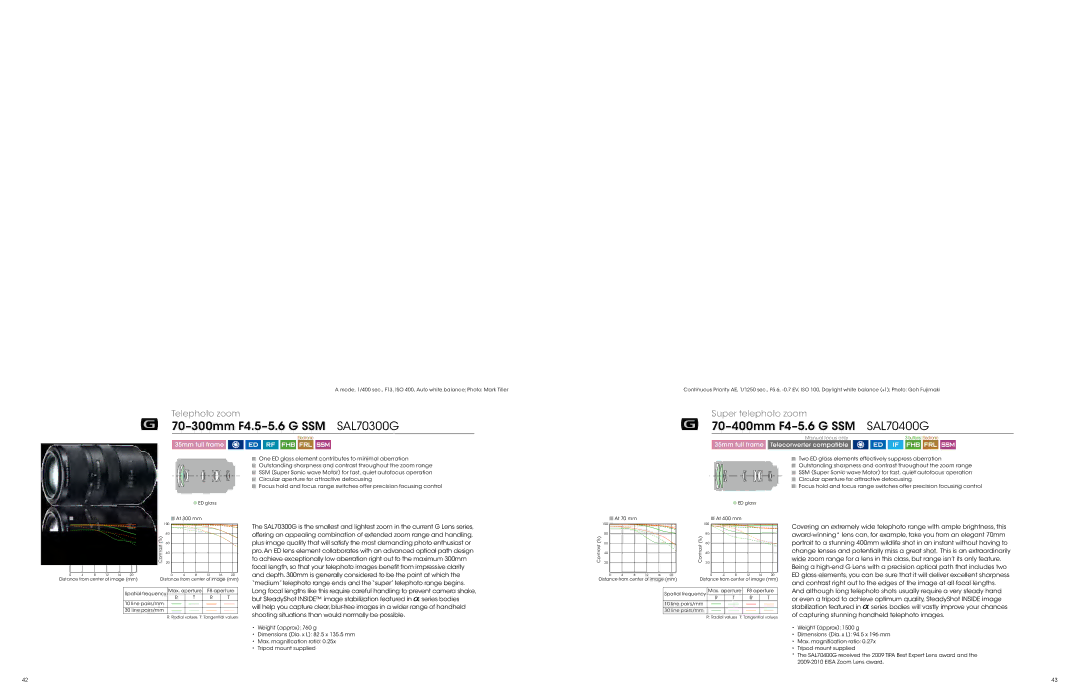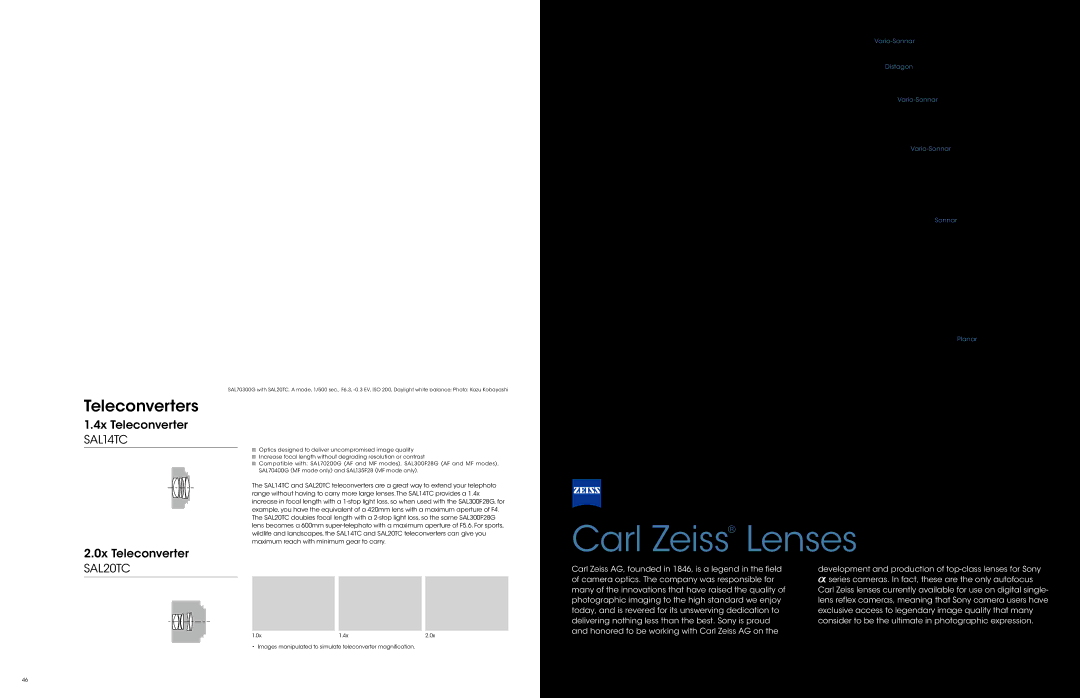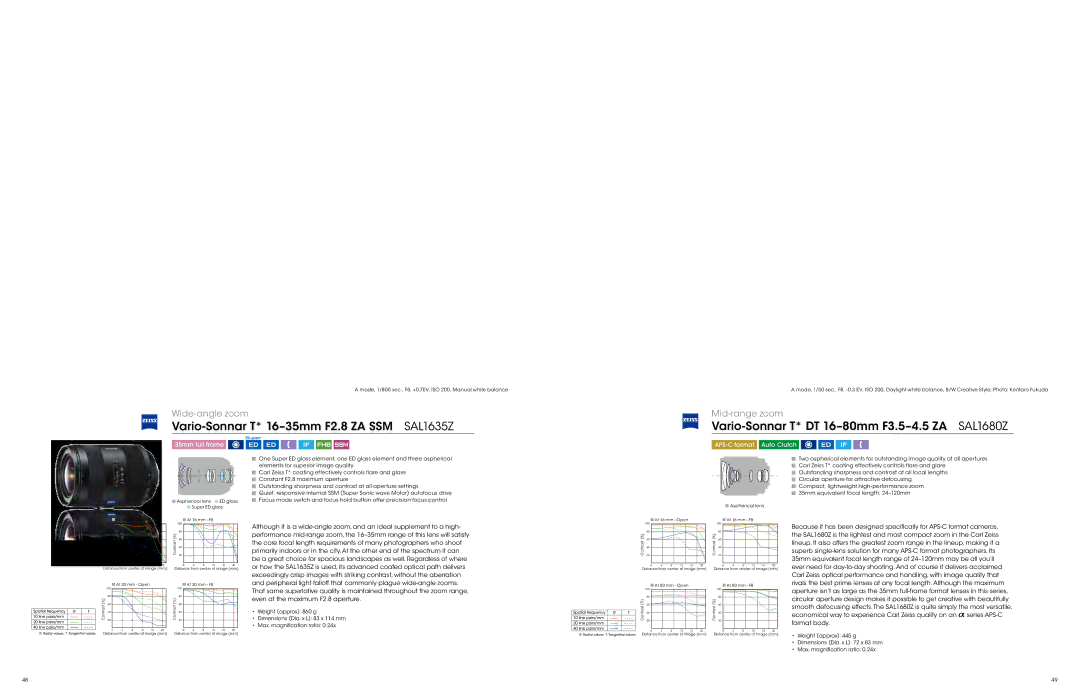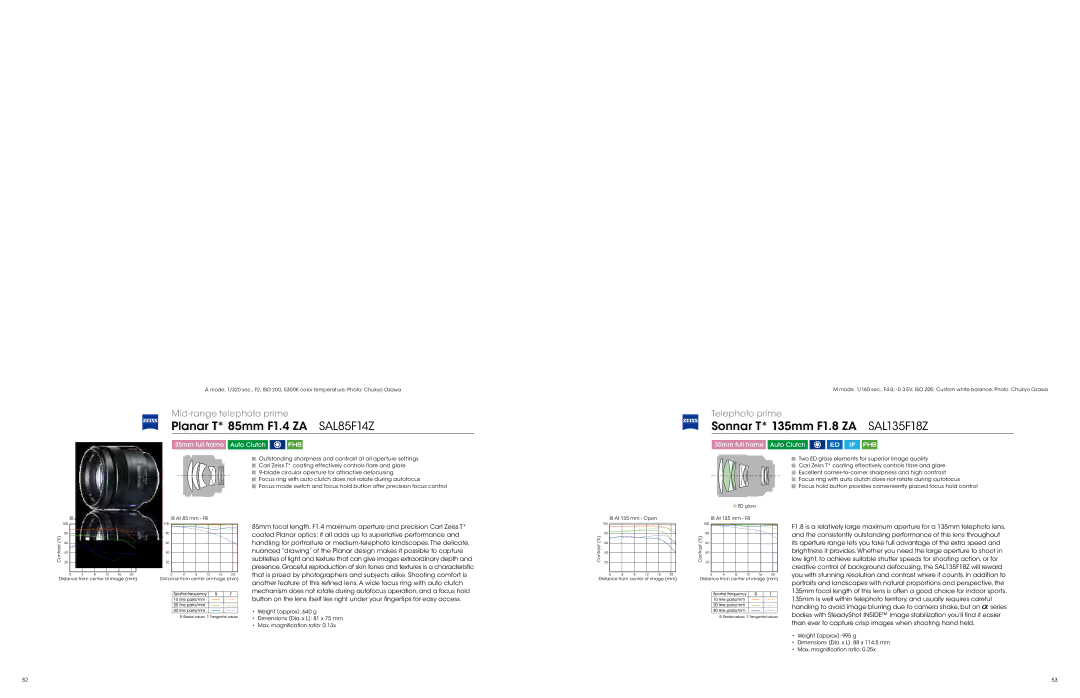
Lenses: How they capture and control light
The linguistic roots of the word “photography” are the Greek words meaning “light” and “drawing.” Photography is “drawing with light,” and lenses are the brushes. After their imagination, lenses are the photographer’s primary creative tools. The way
A look inside
Elements and groups
Lens configuration example: 7 groups/9 elements
a lens captures and presents an image to the camera’s sensor determines the visual outcome more than any other factor. The ability to choose the right lens and use it well is one of the most important skills an aspiring photographer should acquire.
In this brief guide we’ll look at some of the basics that will help you to choose lenses that are suited to your needs, and make the most out of them to create truly satisfying photographs.
All modern photographic lenses are “compound” lenses that use a number of lens “elements” precisely mounted along the same optical axis. The use of multiple elements allows lens designers to effectively reduce optical aberrations so you get nice sharp, clean images.
Fixed focal length lenses, also known as “prime” lenses, generally have the simplest construction with the fewest groups and elements. Zoom lenses require a larger number of groups/ elements to support the zoom functionality.
Lens element | Lens group |
Projecting an image
Our eyes do it, cameras do it, even a simple
asurface.That surface, the “image plane,” can be a wall, a piece of film, a sensor, or the retina in our eye. In all cases the image is projected
the pinhole camera. In a pinhole camera a tiny hole is all that’s needed to project an image.
To make this easier to understand, remember that light normally travels in straight lines, then try to imagine the subject being photographed as being made up of a multitude of points of light of appropriate brightness and color.
In the example in Figure 1, light from a point at the top of the tree travels in a straight line
through the pinhole and reaches a point at the bottom of the image plane, whereas light from a point at the bottom of the tree ends up at the top of the image plane after passing through the pinhole.
The
“Elements” are the individual pieces of specially shaped glass that make up the lens. A “group” consists of two or three elements that have been glued together to function as a unit. Sometimes groups consist of different types of glass that have been combined in order to control some form of aberration. Lenses are sometimes described in terms of the number of elements and groups they contain.You’ll hear terms such as
While most lens elements are “spherical,” meaning that one or more surfaces form part of a sphere, some lenses include “aspherical” elements. Aspherical elements have more complex shapes than simple spherical elements, and are much more difficult and more expensive to produce. Aspherical elements are sometimes used in
![]() Mount
Mount
Aperture
Lens barrel
![]() Aspherical lens (see page 16 for more details)
Aspherical lens (see page 16 for more details) ![]() ED glass (see page 16 for more details)
ED glass (see page 16 for more details)
Zoom and focus mechanisms
The job of varying focal length in a zoom lens | Focusing is sometimes accomplished by moving |
requires a fairly complex mechanism that | the entire lens closer to or further away from |
translates zoom ring rotation into precise group | the image sensor plane, although some lenses |
movement along the optical axis of the lens. Zoom | employ a “floating construction” in which groups |
mechanisms must be precisely manufactured | of elements move independently in order to |
to exacting tolerances so that all elements and | maintain optimum optical performance at all |
groups stay in perfect alignment throughout the | shooting distances. |
zoom range. |
|
How lens elements and groups move in a zoom lens
Wide
Medium
Telephoto
A pinhole camera is basically a | Figure 1. A simple pinhole of appropriate size | Figure 2. A lens uses the principle of “refraction” |
with a small hole in one end | is capable of projecting a sharp but dim image | to gather more light from the subject and project |
|
| a sharp, bright image |
If a little hole can do all of this, why do we need lenses?
Pinholes can “project” images, but they are limited and inflexible. In | second exposures rather than having to make sure that both the |
order for the projected image to be sufficiently sharp, the hole must be | camera and subject stay perfectly still for many minutes or even hours, |
very small, but this also means that the projected image is very dim. | which is usually the case with a pinhole camera. Other advantages are |
In principle, lenses work similarly to the pinhole, but they are capable | that lenses can be made in a variety of focal lengths from |
of capturing more light from each point on the subject, and therefore | capture expansive scenes or telephoto to photograph distant subjects. |
project a much brighter image. A lens can also bring more light into | Modern lenses are precision optical devices that give photographers |
sharp focus. That’s helpful because it means we can use short sub- | boundless freedom to realize their creative vision by “drawing with light.” |
Read your lenses
There is a lot of pertinent information printed or engraved on the outside of lenses that can help you understand their characteristics and how to best use them.
Distance scale
The distance scale indicates the approximate distance from the camera’s image plane to the object that the camera is focused on.
A simplified cross section of a modern lens and a typical SLR (Single Lens Reflex) type digital camera
Pentaprism (flips the image so it can viewed in proper orientation)
|
| Focal point |
|
|
|
|
|
|
| Viewfinder | ||
| Light Lens element |
|
|
|
|
|
|
| ||||
|
|
|
|
|
|
|
| |||||
|
|
|
|
|
|
|
| Camera | ||||
Subject |
|
|
|
|
|
|
|
|
|
| ||
|
|
|
|
|
|
|
|
|
| |||
|
|
|
|
|
|
|
| Image | ||||
| Optical axis |
|
|
|
|
|
|
| ||||
|
|
|
|
|
|
|
| |||||
|
|
|
|
|
|
|
| sensor plane | ||||
|
|
|
|
|
|
|
|
|
|
|
| Mirror |
|
|
|
|
|
|
|
|
|
|
| ||
| Interchangeable- |
| lens | Focal length | ||||||||
| ||||||||||||
| (objective lens) | |||||||||||
|
|
|
|
|
|
|
|
|
|
|
|
|
Light reflected by the subject is effectively collected and focused by the lens elements to project an image on the camera’s image sensor plane.
Refraction: bending light
The physical principle that allows lenses to gather and focus light is called “refraction.” Refraction causes lightwaves to change speed and direction when they pass from one medium (air, for example) to another (glass, for example), and allows lenses to be designed to “bend” light in a controlled way. The “refractive index” of an optically transparent medium is a measure of the speed of light in that medium, and therefore the degree to which light will be “bent” by that medium. Optical materials that have different refractive
Here are a few examples.
Focal length
This is the most basic, most important characteristic of any lens. Focal length plays a primary role in determining what types of subjects and compositions the lens is suitable for (see page 10 for more details).
AF/MF switch
This switch lets you switch between autofocus and manual focus modes.
Autofocus drive type
Lenses marked “SAM” or ”SSM” feature
(see page 17 for more details).
Maximum aperture
This number represents the maximum aperture, or
Lens format
Sony lenses marked “DT” (Digital Technology) have been specifically designed for use on
6 | 7 |
